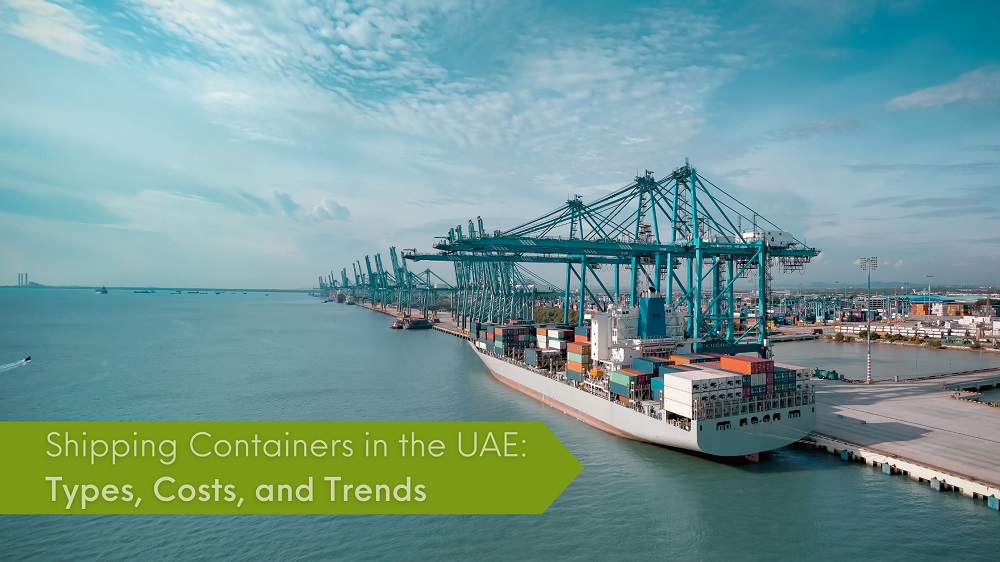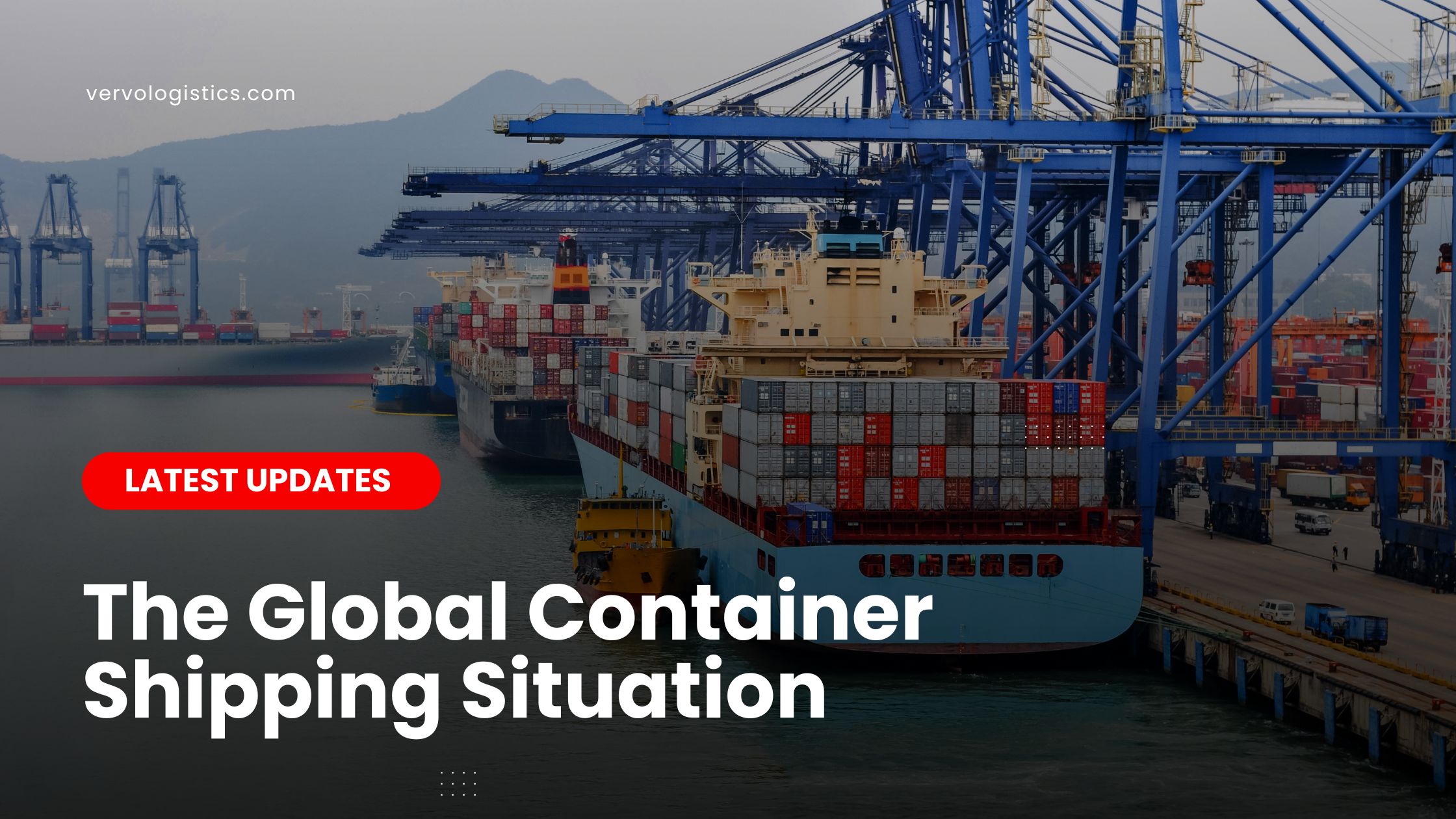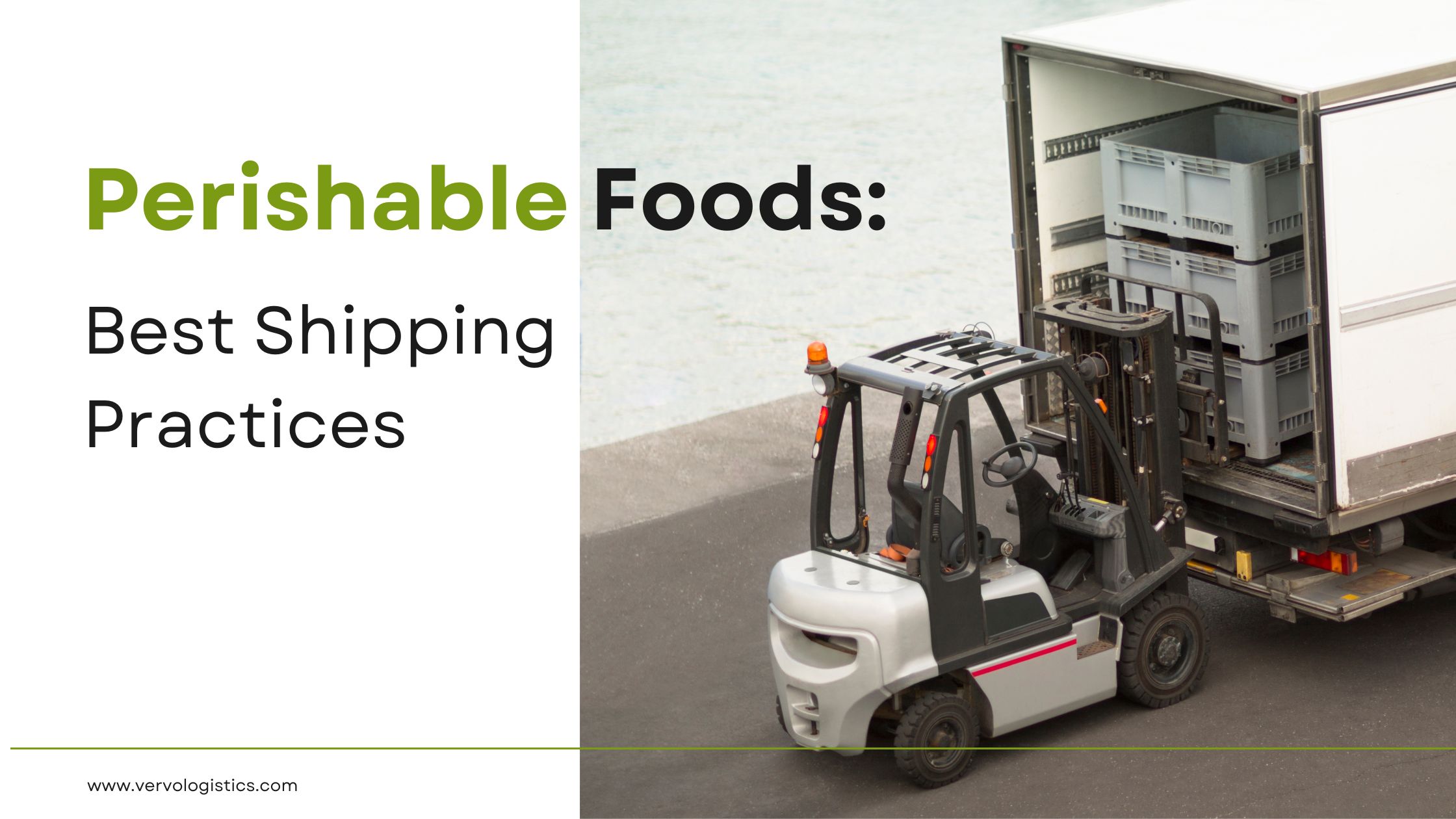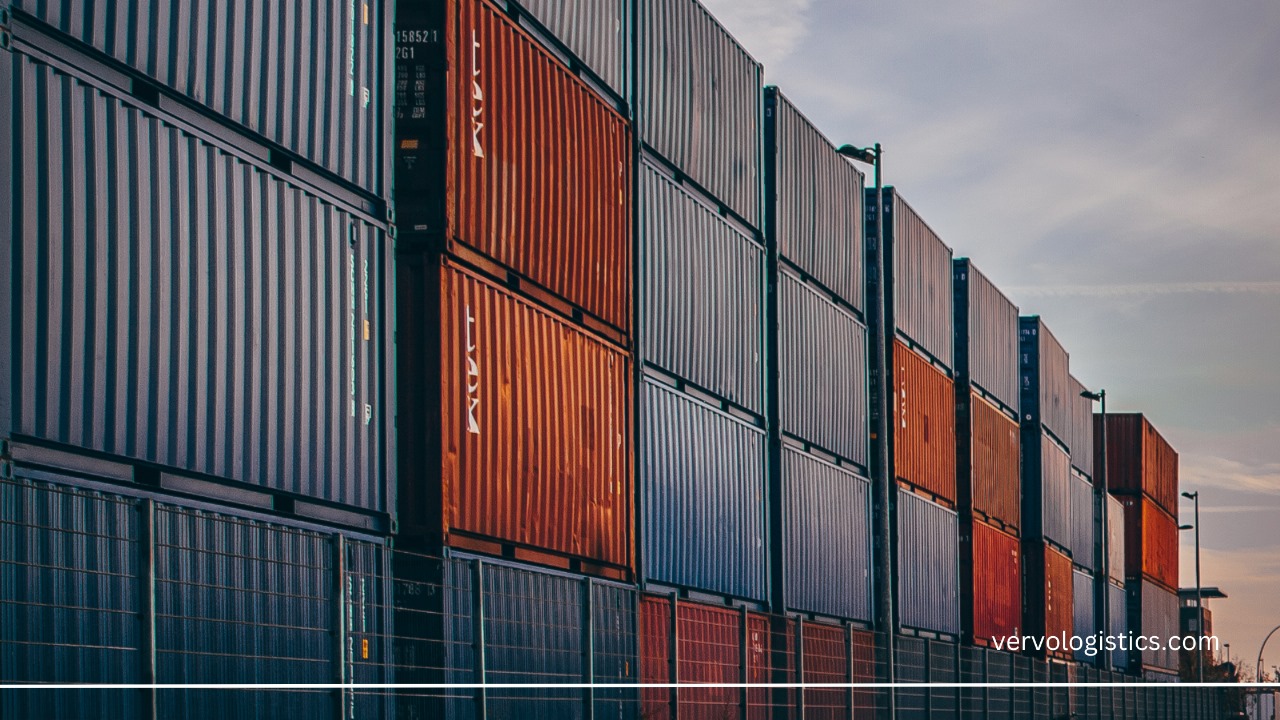Shipping containers are an essential component of international trade, providing a cost-effective and efficient way to transport goods across the globe. The United Arab Emirates (UAE) has emerged as a vital player in the global shipping industry, serving as a hub for trade between Asia, Europe, and Africa. With its strategic location at the crossroads of major shipping routes, the UAE has become a critical link in the global supply chain, facilitating the movement of goods to and from the Middle East. In this article, we will explore the different types of containers used in shipping to/from the UAE, and their respective advantages and disadvantages. Whether you are an importer, exporter, or logistics professional, understanding the different types of containers available will help you make informed decisions about your shipping needs.
I. Standard Containers
Standard containers are the most commonly used type of container in the shipping industry. They are typically made of steel and come in a range of sizes, with the most common being 20ft, 40ft, and 45ft in length. These containers are designed to fit securely onto container ships, trains, and trucks, making them easy to transport and handle. One of the main advantages of using standard containers for shipping to/from the UAE is their widespread availability, which makes them a cost-effective option for many businesses. Additionally, standard containers are designed to withstand harsh weather conditions and provide excellent protection for goods during transit. However, one of the disadvantages of using standard containers is their limited capacity, which may not be suitable for larger or bulky items. Standard containers are a versatile and reliable option for shipping to/from the UAE, and their popularity in the industry is a testament to their effectiveness.
II. High Cube Containers
High cube containers are a type of shipping container that is similar to standard containers but with an increased height. These containers are typically 9ft 6in (2.9m) tall, which is one foot taller than standard containers. This extra height makes them ideal for shipping bulky or oversized items that cannot fit into standard containers. One of the main advantages of using high cube containers for shipping to/from the UAE is their increased capacity, which allows for more goods to be transported in a single container. Additionally, high cube containers are designed to be stackable, which makes them more efficient to transport and handle. However, one of the disadvantages of using high-cube containers is their increased weight, which may affect shipping costs. High-cube containers are a great option for businesses that need to transport larger or bulkier items to/from the UAE, and their increased capacity and stackability make them a popular choice in the shipping industry.
III. Open Top Containers
Open-top containers are a type of shipping container that features a removable roof, allowing for easy loading and unloading of oversized or heavy goods. These containers are typically made of steel and come in a range of sizes, with the most common being 20ft and 40ft in length. The unique feature of open-top containers is their flexibility, which makes them ideal for shipping items that cannot fit into standard or high cube containers. One of the main advantages of using open-top containers for shipping to/from the UAE is their versatility, which allows for the transportation of items that would otherwise be difficult or impossible to ship. Additionally, open-top containers are designed to be weather-resistant, providing excellent protection for goods during transit. However, one of the disadvantages of using open-top containers is their increased cost compared to standard or high-cube containers. Additionally, the removable roof may also present security concerns for some businesses. Overall, open-top cont
ainers are an excellent option for businesses that need to transport oversized or heavy goods to/from the UAE, and their unique features make them a valuable asset in the shipping industry.
IV. Flat Rack Containers
Flat rack containers are a type of shipping container that features an open-top and collapsible sides, allowing for easy loading and unloading of oversized or heavy goods. These containers are typically made of steel and come in a range of sizes, with the most common being 20ft and 40ft in length. The unique feature of flat rack containers is their flexibility, which makes them ideal for shipping items that cannot fit into standard or high cube containers. One of the main advantages of using flat rack containers for shipping to/from the UAE is their versatility, which allows for the transportation of items that would otherwise be difficult or impossible to ship. Additionally, flat rack containers are designed to be stackable, which makes them more efficient to transport and handle. However, one of the disadvantages of using flat rack containers is their increased cost compared to standard or high cube containers. Additionally, the open-top design may also present security concerns for some businesses. Flat ra
ck containers are an excellent option for businesses that need to transport oversized or heavy goods to/from the UAE, and their unique features make them a valuable asset in the shipping industry.
V. Refrigerated Containers
Refrigerated containers, also known as reefers, are a type of shipping container that is designed to transport temperature-sensitive goods, such as food, pharmaceuticals, and chemicals. These containers are typically made of steel and come in a range of sizes, with the most common being 20ft and 40ft in length. The unique feature of refrigerated containers is their ability to maintain a specific temperature range, which is critical for preserving the quality and safety of perishable goods during transit. Refrigerated containers work by using a refrigeration unit that is powered by electricity or diesel generators, which helps to maintain the desired temperature inside the container. One of the main advantages of using refrigerated containers for shipping to/from the UAE is their ability to transport perishable goods over long distances without compromising their quality or safety. Additionally, reefers are designed to be weather-resistant, providing excellent protection for goods during transit. However, one
of the disadvantages of using refrigerated containers is their increased cost compared to standard or high-cube containers. Additionally, the need for a power source may also present logistical challenges for some businesses. Reefers are an essential component of the shipping industry, and their ability to transport perishable goods safely and efficiently is critical to the global supply chain.
Vervo Middle East: One-Stop Shop for Container Shipping Services in the UAE
As the container shipping industry continues to evolve, and given the current Global economic situation, the decreasing cost of shipping containers is a notable trend. The UAE, with its strategic location and world-class ports, is well-positioned to take advantage of these trends and offer competitive container shipping rates to businesses around the world. The decreasing cost of container shipping is a positive development that can help you save money and grow your business.
If you’re looking for a reliable and experienced container shipping company in the UAE that knows the ins and outs of how container shipping works in the UAE, Vervo Middle East is your top pick! With over 15 years of experience in shipping, logistics, and warehousing of all cargo types, we have the expertise and know-how to handle all your shipping needs. We have performed over 109,000 cargo shipments for a diverse range of clients, building a strong reputation for quality, reliability, and customer service throughout Europe and the Middle East. Our team of experts is dedicated to providing personalized solutions tailored to your specific needs, whether you are shipping locally, regionally, or globally. With a client base of over 8,000 satisfied clients, we have a proven track record of success in the industry. Don't settle for anything less than the best Connect to a container shipping expert today at +971508723352 to charter the container shippers that best suits your cargo at a competitive market price!
Last Word: Future Trends of Container Shipping
In conclusion, we have explored the different types of containers used in shipping to/from the UAE, including standard containers, high cube containers, open-top containers, flat rack containers, and refrigerated containers. Each type of container has its own unique features and advantages, making them suitable for different types of cargo and shipping needs. It is important to select the right type of container for specific shipping needs to ensure the safe and efficient transportation of goods.
Looking toward the future, the container industry in the UAE is expected to continue to grow and evolve, with advancements in technology and infrastructure. The UAE's strategic location and world-class ports make it a critical hub in the global supply chain, and the country is investing heavily in expanding its logistics capabilities to meet the demands of the industry.
To learn more about shipping containers and logistics in the UAE, there are many resources available, including industry associations, government agencies, and logistics providers. Some useful resources include the Dubai Maritim e City Authority, the UAE Federal Transport Authority, and the Dubai Chamber of Commerce and Industry. Additionally, Vervo Middle East offers a range of services and resources to help businesses navigate the complexities of international shipping. Get your free container shipping quote today!




